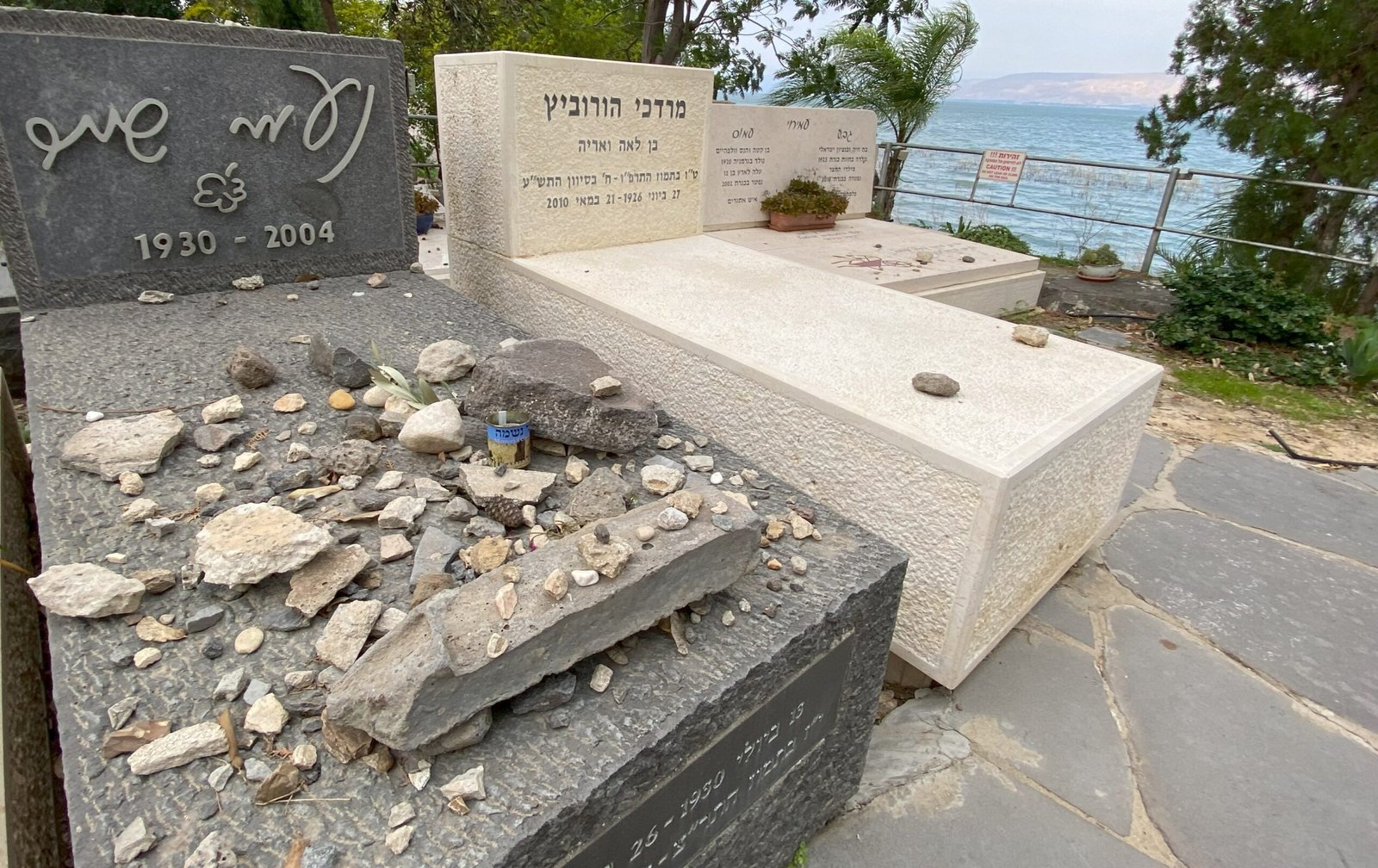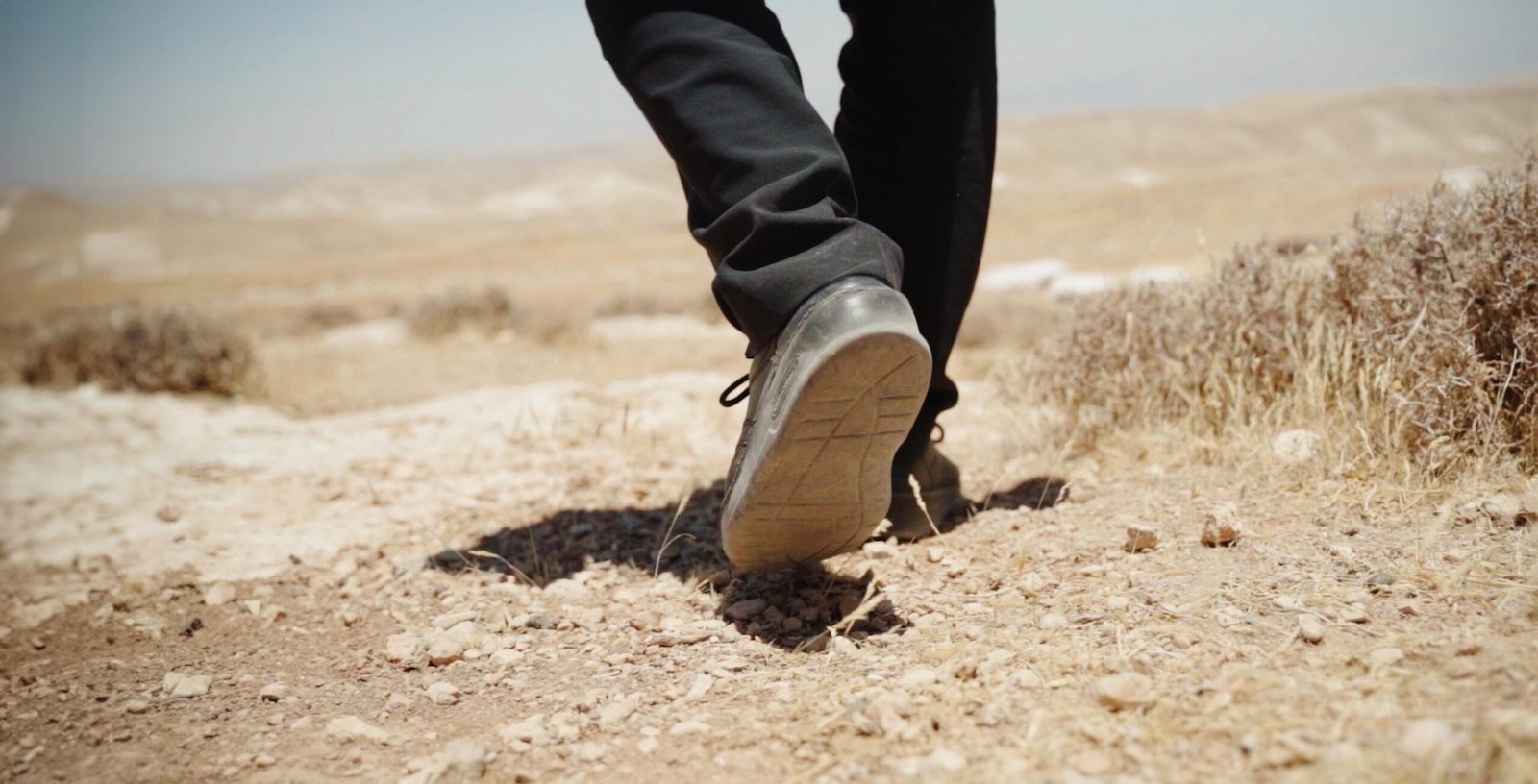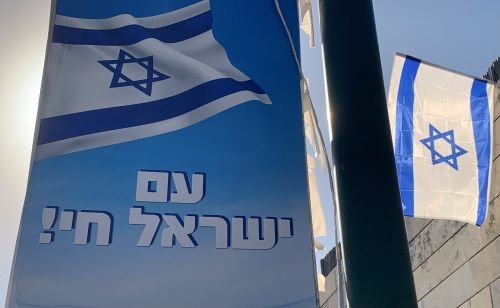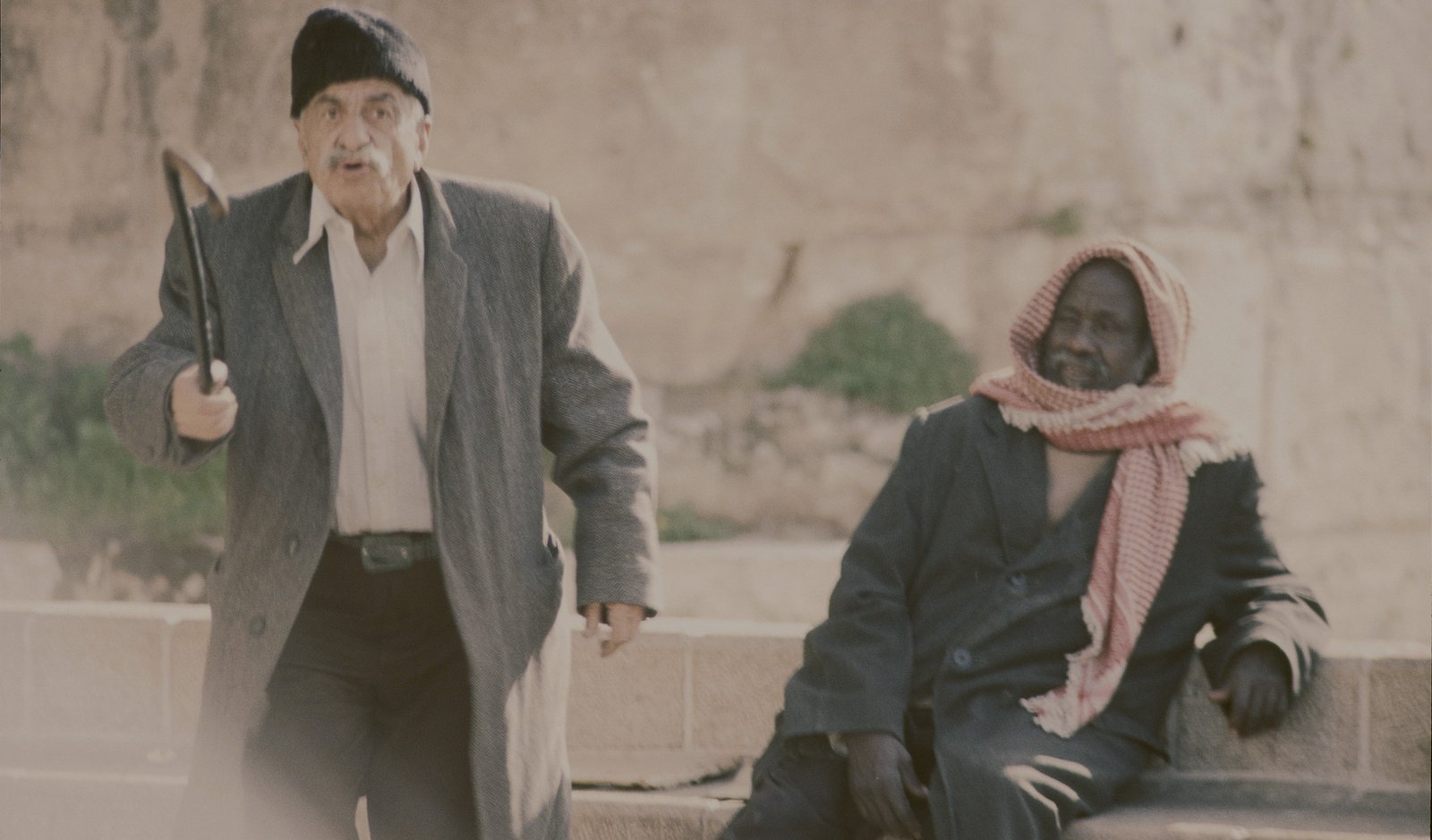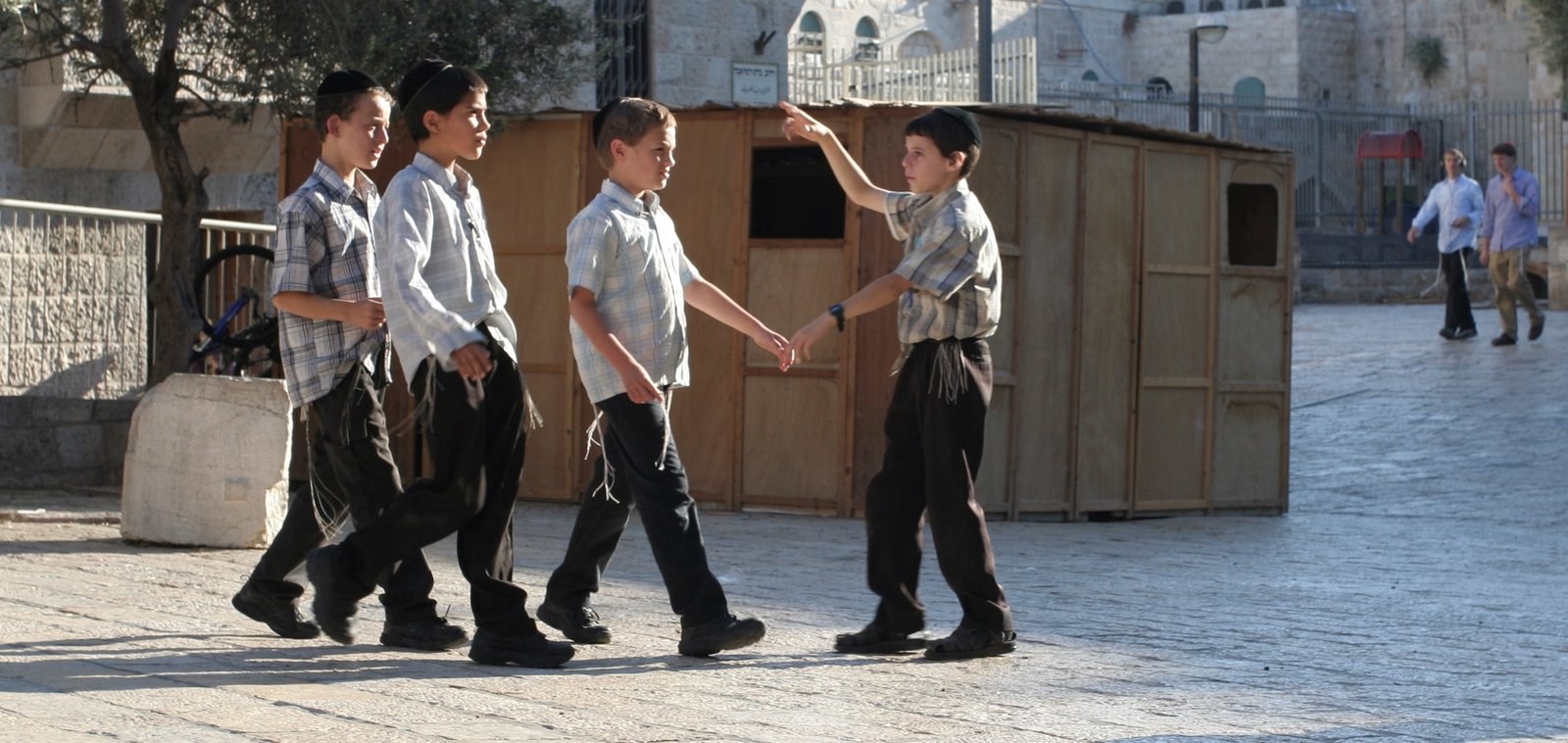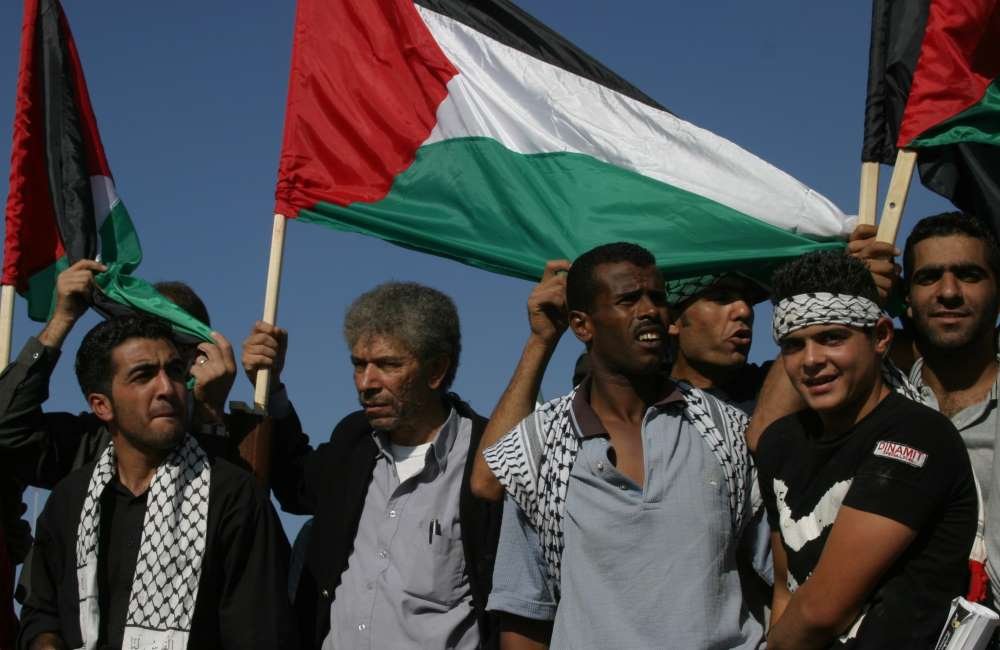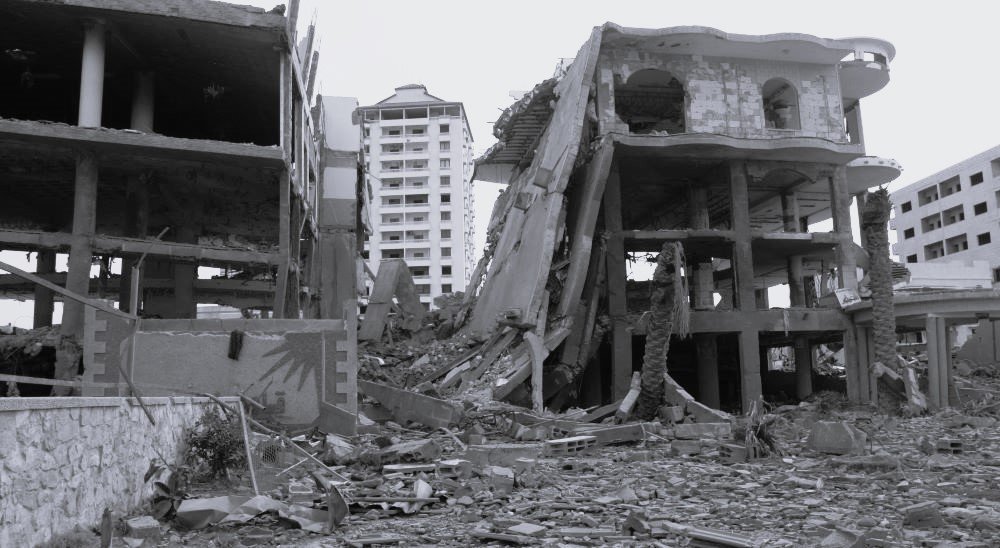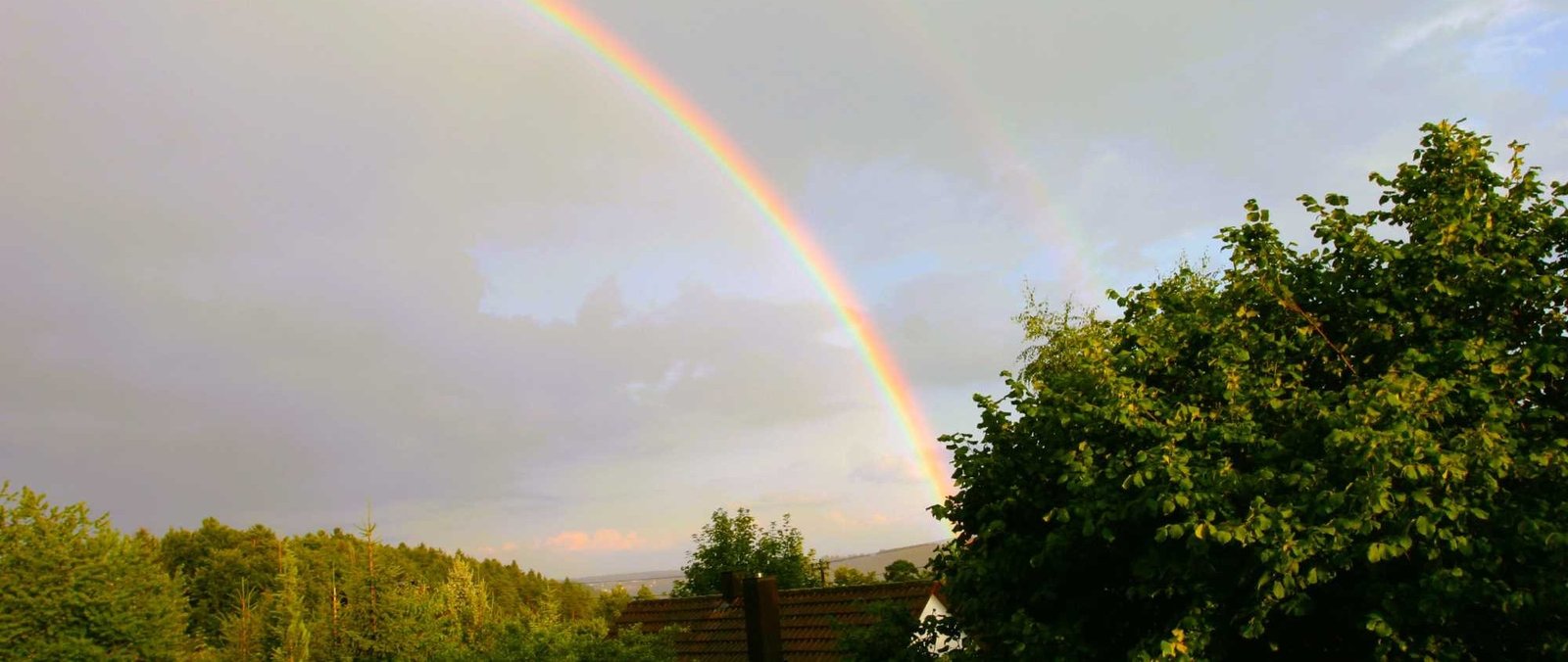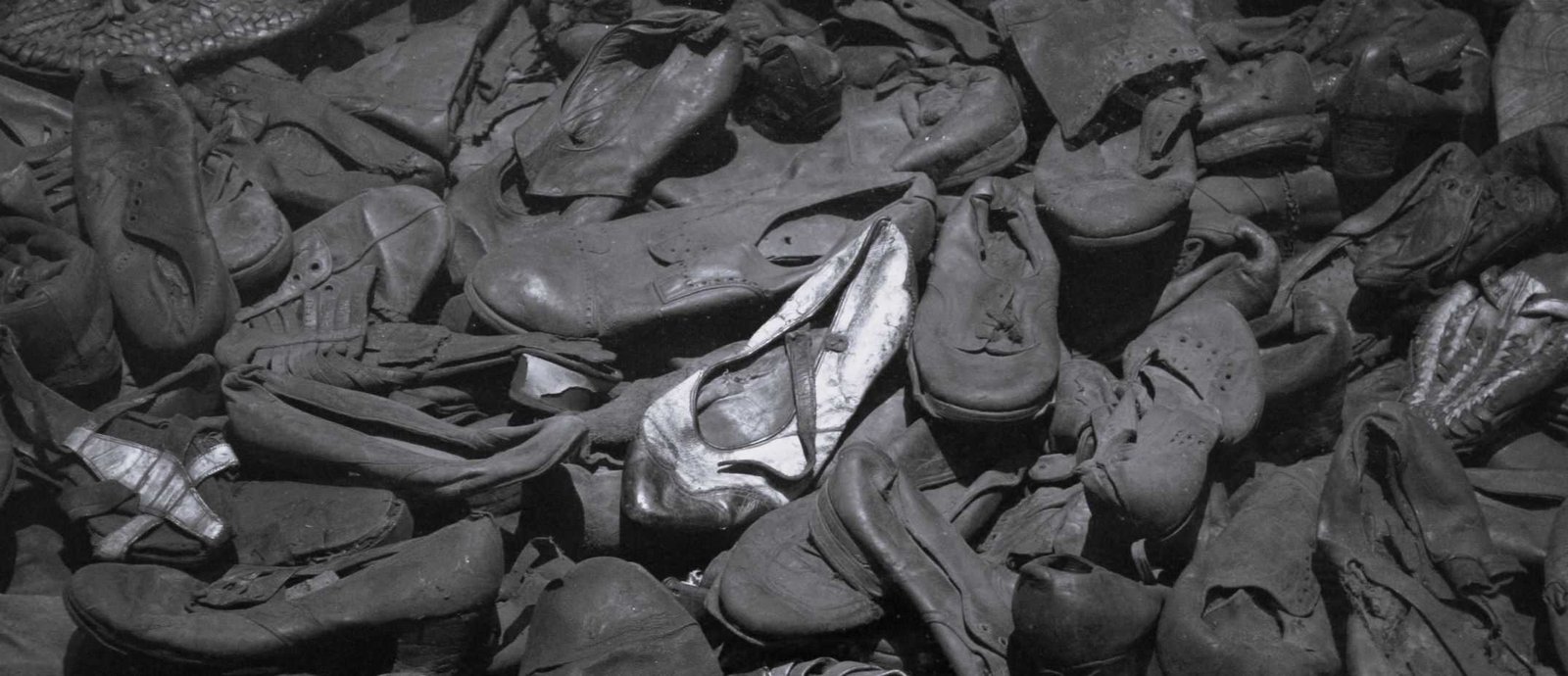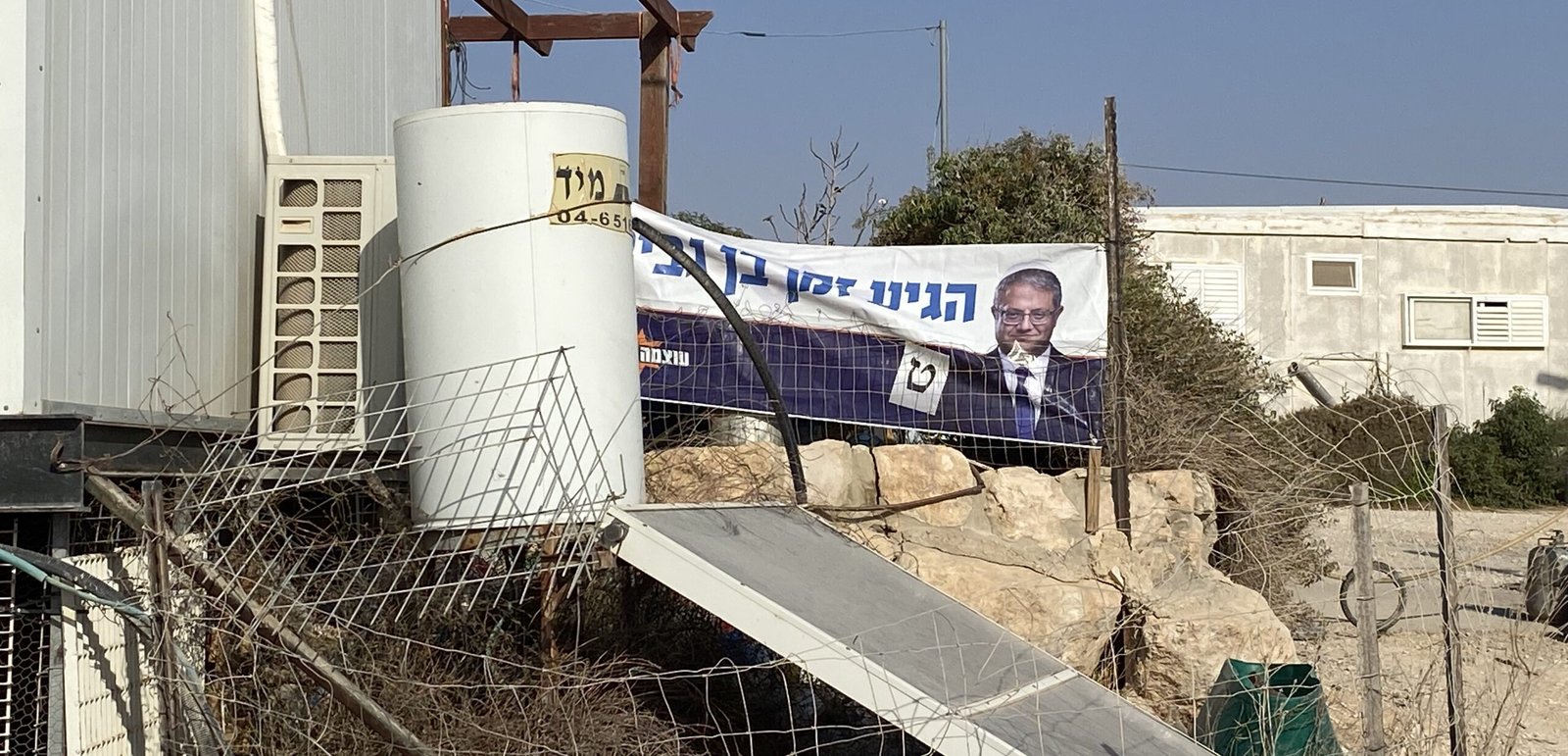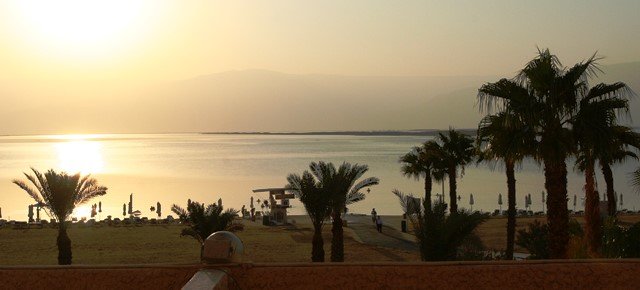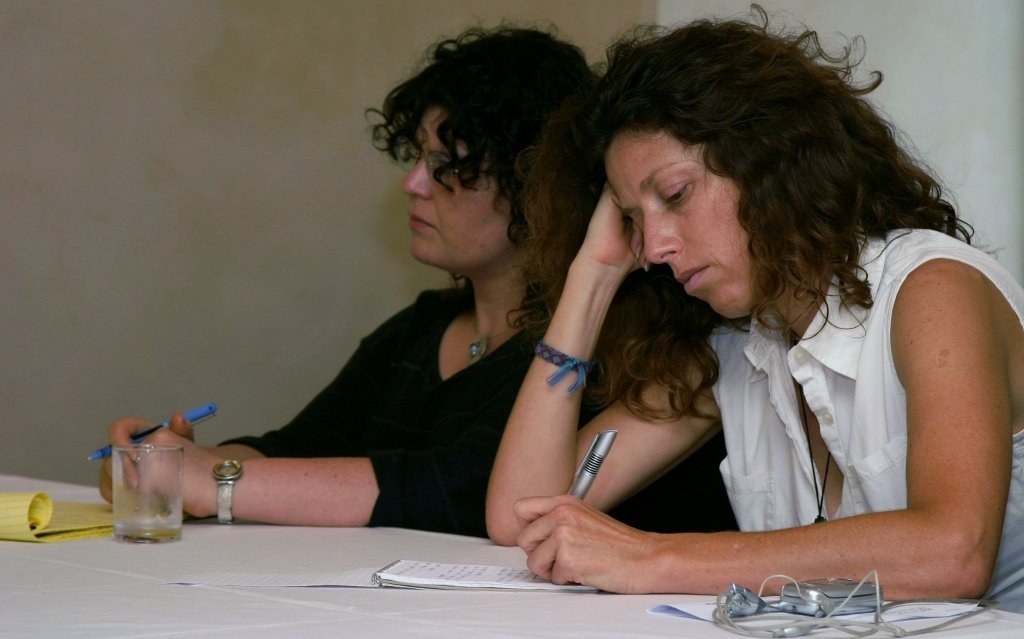Share This Story, Choose Your Platform!
Jerusalem has many faces. The Orient and the Occident, the past and present, Judaism, Christianity and Islam live in permanent encounter in the everlasting city. A manager in a pin-stripe suit climbs into brand new Mercedes. A few meters beyond an Arab rides past on a donkey, dressed in the traditional “galabieh”.
The people who have for more than three decades been called Palestinians originally come from Syria, Lebanon, Saudi Arabia or Egypt, or from Turkey or the Balkan states. This is betrayed by their names and faces and sometimes they openly admit it. Ali’s grandfather, for example, made a pilgrimage in the 1930s from Chad to the al-Aqsa mosque and after that, simply remained.
The biblical city of Zion has in the course of history drawn into its borders many people whose features today are an integral part of the city’s character: Armenians, Russians, Greeks and Ethiopians, to name only a few. In the past 200 years Jews from more than 100 countries have been returning to the City of David. Since the time when access to Israel by Palestinians was restricted for security reasons, Jerusalem has no longer been conceivable without its guest labourers from China, Thailand, Roumania and the Philippines.
All these people have brought with them to Jerusalem their religious traditions, customs, cultural habits, languages and ways of thinking. Even if people speak a common language, this in no way means that they really understand each other. Basic associative differences which are evoked by certain words, also by images, sounds or smells, can give rise to misunderstandings.
The ringing of the church bells in Jerusalem’s Old City arouses in me a pleasant sensation, a touch of homeland in the middle of an often strange Oriental environment. Memories of my childhood, of evening prayers at my grandparents’ fireside, come flooding back. A good friend of mine has completely different associations. When he hears the bells ringing, he thinks of his grandmother, who related to him the following memories of her life in Poland: “When we hear the bells ringing, that means they’re coming, that means the Pogrom is about to begin…” Both of us hear the same sound, describe it with the same words, and yet have totally different associations with it.
In the area of religion – and in Jerusalem almost everything has some connection with some sort of faith – what is a lie for one person can easily be for another the truth. The Moslems, for example, never tire of claiming that there was never a Jewish temple on the Haram a-Sharif, the Temple Mount. Sheikh Eikrima Said al-Sabri, the Grand Mufti of Jerusalem, insists that “there is not the slightest proof for there ever having been a Jewish temple here!”
“A Brief Guide to al-Haram al-Sharif”, published in 1930 by the Supreme Moslem Council, the highest of Islamic authorities under the British Mandate, stated: “The site is one of the oldest in the world. Its sanctity dates from the earliest times. Its identity with the site of Solomon’s Temple is beyond dispute.” From a Muslim point of view, this is not necessarily a contradiction. For according to Islamic teaching, Solomon was a Muslim, just as his father David was, and Moses and Jesus were. Christians and Jews accuse Ekrima Sabri of lying when he disputes the existence of a Jewish Temple on the Temple Mount. But Islam makes the same accusation to Jews and Christians – namely, that they have falsified the original Word of God.
What is a problem in the religious world is a virtue in the political world. All the Israeli-Arab treaties, particularly the one associated with the name of the Norwegian capital Oslo, abound with with formulas which everyone can freely interpret after his own manner.
Hardly anyone is in favour of erecting a “Berlin Wall” right through the middle of Jerusalem, the city which the Moslems like to see as the Islamic Waqf, the Jews as the eternal and undividable capital of the State of Israel, and the world community as an internationalized zone. But despite all opinions to the contrary, Jerusalem remains to this day a divided city.
Everyone who lives in Jerusalem knows, experiences and senses this when he walks through the streets of the hotly contested city. The fact that more than 200,000 Jewish citizens of Jerusalem live on the other side of the “green line”, on territory which belonged before 1967 to Jordan doesn’t in the least alter this. Most of them live in purely Jewish areas of the city.
The approximately 2,000 Jews who have found a home in the mainly Arab parts of the city cannot in their everyday life escape the fact that they live “on the other side”. When, before the outbreak of the al-Aqsa intifada and the breakdown of all negotiations, there were still discussions going on about the future of the city, the division was already more or less complete. The only disputed point was the Old City with its surface area of one square kilometer – one square kilometer out of the 126 square kilometres which make up the whole city area of Jerusalem.
When Jerusalem’s former mayor Teddy Kollek claims that there will be no peace until the Palestinians administrate their own part of the city, all he is doing is demanding that a situation which has anyway been long-existent, be simply translated into political reality.
“36 years after the liberation of Jerusalem”, announced the news spokesman of Israel’s TV Channel One on Jerusalem Day on the 29th of May, 2003, “the city is still divided.” And that, although this city, according to the statement of the Psalmist, is “bound firmly together” (Psalm 122:3). Visible proofs of this are in no way necessary.
The Apostle Paul studied in Jerusalem at the feet of the famous Gamaliel. Perhaps he even grew up there. Even in his days the city looked back on a long history of disputes. Even in his day there were “Parthians and Medes and Elamites and residents of Mesopotamia, Judea and Cappdoacia, Pontus and Asia, Phrygia and Pamphylia, Egypt and the parts of Libya belonging to Cyrene, and visitors from Rome, both Jews and proselytes, Cretans and Arabians” to be seen on the streets of Jerusalem (Acts 2:9s). The miracle of Pentecost – a miracle for the very reason that it was exceptional – was that everyone heard the apostles’ preaching in his own mother tongue.
For Paul it was self-evident that that justice is not an objective concept, as many people today would like to have it. Righteousness is subjective. Every religion, every culture has its own system of justification. Those who can assert themselves receive justice. According to the Apostle, what counts in the end is the “righteousness of God,” the righteousness which comes from God, which God bestows and which is valid for Him. The problem with mankind is that he has exchanged God’s righteousness for his own righteousness, his own standard (see for example Romans 10:1ss).
In today’s world the vote of the majority has the final word. That means from the start that in the tug-of-war for Jerusalem the Jewish State has no long-term chance against the large number of Islamic states represented in the UNO. The “Jerusalem Post” spoke on Jerusalem Day of the Jewish State’s “creeping loss of control” which will lead ultimately to the internationalization of Jerusalem. The world questions the Jewish supremacy of the city in order to appease the Arabs.
The Hebrew name of the city, “Yerushalayim”, contains the word “Shalom”, or “peace”. But the word “peace” too is a matter of definition. The peaceful coexistence of the dead in a graveyard is something different from the daily struggle of profoundly diverse characters for an honest basis for common living. The vision of Israeli politicians of a new Middle Ease is hardly reconcilable with the much-acknowledged “peaceful life” which Jews and Christians enjoyed for centuries as “dhimmi” (“wards”/“protected minorities”) in Islamic countries.
The desire of the new Palestinian Prime Minister Mahmoud Abbas to negotiate a “hudna” with extremist Moslems may sound acceptable in western ears. After all, a “ceasefire” (which is what a “hudna” amounts to) is all that Germany ever achieved with its ex-enemies following the Second World War. But for Israel, a “hudna” is not enough, because it knows that Moslems who are today waging a violent “jihad” against “Jews and Crusaders” are obliged by their own convictions to resume the fight again as soon as an opportunity emerges to liberate Jerusalem from Jewish supremacy.
“Salaam” (“peace”) is according to Islamic teaching only possible between Moslems, “Shalom” according to Jewish tradition is only possible under the lordship of a Jewish King Messiah, and true peace in the Christian sense only possible in common faith in the resurrected Jesus Christ. To close one’s eyes to reality or bury one’s head in the sand of one’s own dreams doesn’t help to bridge these irreconcilable contrasts. Only too often there is a cruel awakening waiting at the end of a utopian dream.
“They will see peace” – “Yir’u Shalom” – is the most plausible translation of the name of the city of Jerusalem. This promise will only be fulfilled, however, when one standard applies to everyone. And this standard will probably only be acknowledged with the advent of the Prince of Peace, who has the power to command peace to the nations (Zechariah 9:10).
Translation by Nicola Vollkommer



